Short skis or long skis? Here’s the short answer: short skis are easier to control, quicker to learn, and way more portable, while long skis are better for speed and deep powder. If you’re a casual skier looking for fun and convenience, short skis like Snowfeet’s Skiblades are a game-changer. They’re lightweight, fit in a backpack, and even work with regular boots. Long skis, on the other hand, are great for advanced skiers chasing high-speed thrills or tackling untouched snow.
Here’s a quick breakdown:
- Short Skis (Snowfeet): Measure 17–47 inches, perfect for quick turns, beginner-friendly, and easy to carry. Great for groomed runs, terrain parks, and everyday conditions.
- Long Skis: Over 5 feet, ideal for stability at high speeds and floating in deep powder. Best for advanced skiers on wide-open slopes or backcountry adventures.
Key takeaway: Most recreational skiers will love the ease and versatility of short skis, while long skis are better suited for speed demons and powder chasers. Keep reading for a detailed comparison.
Short Skis vs. Long Skis
How Ski Length Affects Your Performance
The length of your skis plays a big role in how you handle the slopes. Whether you're comparing traditional long skis from brands like Rossignol or Salomon to the compact designs of Snowfeet*, the difference in performance is clear - and it impacts every move you make.
Turning and Control
Short skis, like Snowfeet* Skiblades, are all about quick reactions. With lengths ranging from 26 to 39 inches (65–99 cm), they have a much tighter turning radius compared to traditional skis. This means you can make sharp, fast turns without the drag or delay often associated with longer skis.
Picture yourself navigating a crowded slope or weaving through a dense patch of trees. Long skis - typically between 5.5 and 6 feet - require more room and careful planning for each turn. On the other hand, Snowfeet* allows for almost instant direction changes. This makes them perfect for terrain parks, moguls, or any setting where agility takes priority over raw speed.
Here’s why: shorter skis have less surface area in contact with the snow during a turn, which reduces resistance. This means your movements translate directly to the skis, without the lag you might feel with longer equipment.
This quick responsiveness is just one part of the equation. Let’s look at how ski length affects grip and stability at different speeds.
Grip and Stability at Different Speeds
When it comes to high-speed runs, long skis take the win. Their extra surface area delivers better edge contact and grip, which is crucial when carving down wide-open slopes at speeds over 40 mph. That stability and control at high speeds are hard to beat.
But let’s be real - most recreational skiers don’t spend their days flying down mountains at top speed. For everyday skiing, short skis offer more control and are easier to handle. They’re less physically demanding and provide precise edge control, making them an excellent choice for most skiers.
Snowfeet* Skiblades are also designed with features to boost grip. Their design promotes even weight distribution, which enhances edge hold on groomed runs. This means you can count on them for reliable performance while refining your technique.
And while long skis do have an advantage in deep powder, thanks to their ability to spread weight over a larger area, the compact size of Snowfeet* holds its own in everyday conditions. Whether you're on groomed trails, light powder, or mixed snow, their agility and responsiveness make them a strong contender for most skiers.
Why Short Skis Work Better: Snowfeet* Benefits
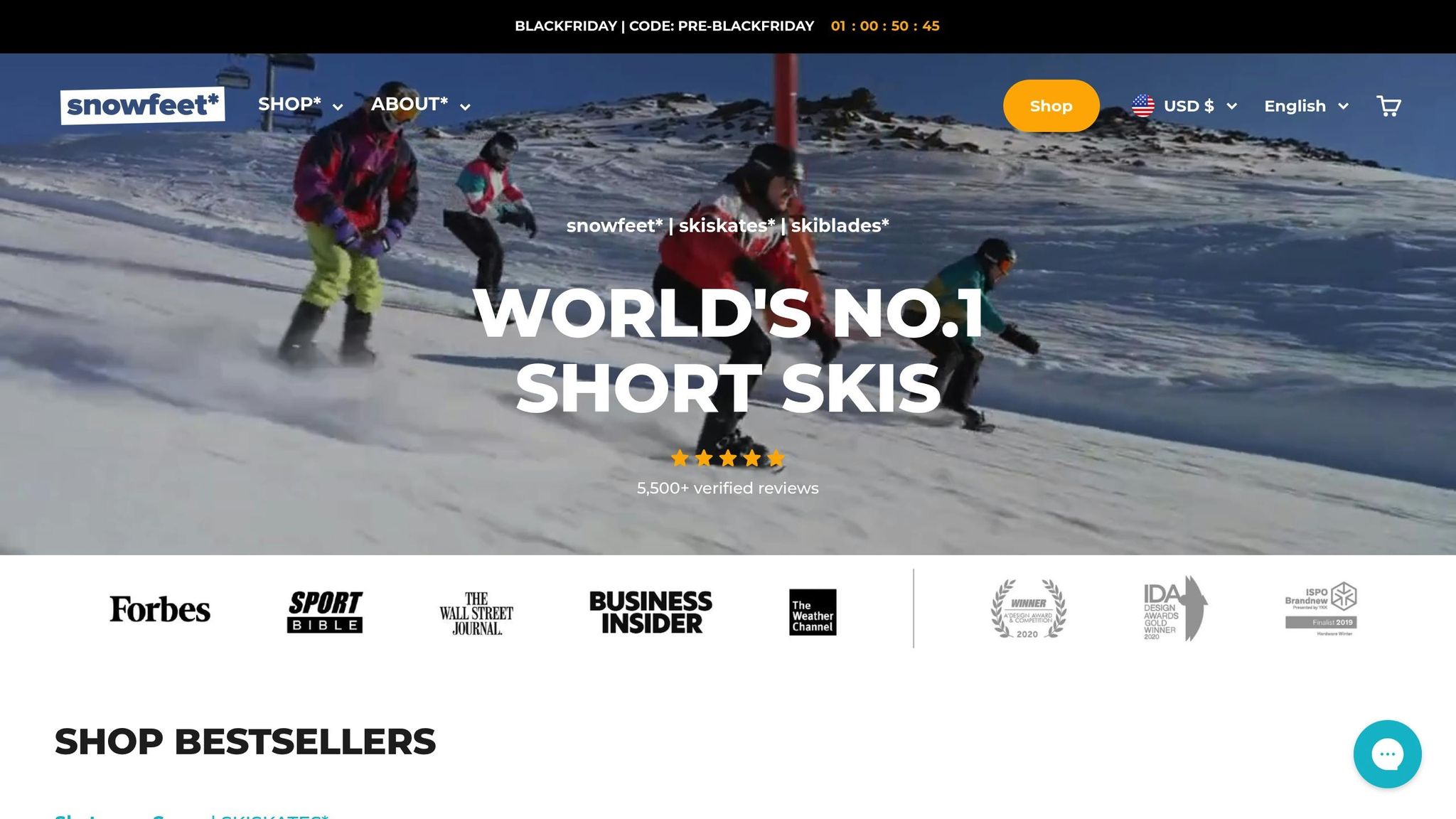
Traditional ski brands like K2 and Atomic might stick to longer skis, but Snowfeet* is proving that shorter skis can completely change the game. They don’t just tweak your performance - they transform your entire skiing experience, from the moment you leave home to the last run of the day.
Easy to Carry and Store
Let’s face it - lugging around 6-foot skis is a hassle. Crowded shuttle buses, cramming them into your car, or finding storage space in a small apartment? Not fun. Snowfeet* solves this with skis ranging from just 15 inches to 47 inches (38–120 cm). For example, the 38 cm Mini Ski Skates, priced at $170, are so compact they fit in a backpack. Try doing that with traditional skis from brands like Völkl or Head.
Their lightweight design doesn’t just make transport easier - it saves your back and shoulders from unnecessary strain. Plus, they’re perfect for tight living spaces, sliding neatly under beds or into closets. And here's a bonus: their portability makes learning less daunting for beginners.
Quick to Learn and Use Anywhere
Snowfeet* isn’t just easier to carry - they’re easier to master. With their shorter length, they’re beginner-friendly, allowing new skiers to feel at ease within a day. Unlike traditional skis that demand precise techniques and a bit of muscle, Snowfeet* moves naturally with you, making the learning process smoother and way more fun.
Another perk? You don’t need to shell out extra cash for specialized ski boots. Snowfeet* works with your regular winter shoes, snowboard boots, or ski boots. And they’re incredibly versatile - you can use them on ski slopes, in terrain parks, on hiking trails, or even right in your backyard after a snowstorm. That’s something longer, heavier skis from brands like Rossignol or Salomon can’t match.
More Fun with Snowfeet* Design
The real magic of Snowfeet* is in their design. They encourage creativity and playfulness on the slopes. Take the 44 cm Skiskates, for instance. Starting at $490 and boasting a perfect 5.0 rating, they’re built for agility, letting you pull off tricks and maneuvers that would be nearly impossible with traditional skis.
Their compact size also opens up terrain that long skis can’t handle - think narrow hiking trails, weaving through tight trees, or even tackling urban snow features. Suddenly, the world becomes your snow-covered playground in ways brands like Atomic and K2 just can’t compete with.
And let’s not forget comfort. Snowfeet* products are lighter and easier to control, which means less leg fatigue and more time enjoying the slopes. With Snowfeet*, you can keep the fun going all day without feeling wiped out.
When Long Skis Might Be Better
Snowfeet* is a fantastic choice for most skiers, but there are times when traditional long skis have the upper hand. If you're an advanced skier chasing high speeds or tackling deep powder, brands like K2, Atomic, or Rossignol offer long skis designed for these specific conditions. Let’s break down why long skis shine in these scenarios.
Better for High-Speed Skiing
On groomed runs where speed is the name of the game, long skis deliver unmatched stability. Their extended length and larger surface area help minimize vibrations, giving you smoother, more controlled carving turns even when you're flying down the slopes.
"Longer skis have more stability and float better in snow, but they also have a larger turning radius. Shorter skis sacrifice stability (especially at speed) but are quick to respond and easier to make short sharp turns. Short skis turn faster but long skis go faster." - Anamaria Diana, Author
This stability becomes even more critical on challenging terrain. If you're charging down steep, wide-open bowls, long skis from brands like Völkl or Head provide the confidence and performance needed for high-speed runs. Shorter skis simply can’t match this level of control on expert terrain.
That said, most recreational skiers won’t notice a huge difference in speed during typical resort skiing. The stability of long skis really shines when you’re pushing limits on advanced slopes.
Better in Deep Snow
Speed isn’t the only area where long skis excel - they’re also a game-changer in deep, untracked snow. While Snowfeet* handles most everyday conditions, long skis are better equipped for powder days. Their larger surface area keeps you floating on top of the snow, preventing that dreaded sinking feeling and making your ride through fresh powder much smoother.
"Long skis provide better floatation in deep snow, thanks to their larger surface area, allowing skiers to stay on top of the snow and enjoy smoother rides." - Snowfeet Store
If you’re planning backcountry adventures or expect to spend a lot of time in untouched powder, long skis are the way to go. They distribute weight more effectively, which helps you glide through heavy snow without getting bogged down.
That said, deep powder days aren’t exactly an everyday occurrence at most resorts. For the majority of conditions - like groomed runs, packed snow, or light powder - Snowfeet* short skis are more than capable. Plus, they’re easier to handle and bring an extra element of fun to your runs.
sbb-itb-17ade95
Snowfeet* Skiblades vs Long Skis: Side-by-Side Comparison
We've already looked at where Snowfeet* Skiblades and traditional long skis shine. Now, let’s break it down side by side to see how they stack up for everyday skiing. This chart highlights the key differences between Snowfeet* Skiblades and long skis from brands like Rossignol, K2, and Atomic.
Feature Comparison Chart
| Feature | Snowfeet* Skiblades | Traditional Long Skis |
|---|---|---|
| Length Range | 44–156 cm | Typically over 170 cm |
| Weight | Lightweight and easy to handle | Heavy and cumbersome |
| Portability | Fits in a backpack | Requires roof racks or ski bags |
| Learning Curve | Quick and beginner-friendly | Steeper; often needs lessons |
| Turning Ability | Sharp, responsive turns | Wider turning radius |
| Storage | Compact; fits in tight spaces | Needs dedicated storage space |
| Speed Stability | Ideal for recreational speeds | Better for high-speed runs |
| Deep Powder | Limited flotation | Great flotation |
| Versatility | Compatible with regular boots | Requires ski boots |
| Fun Factor | High – playful and easy to maneuver | Moderate – more technical |
| Price Range | $250–$775 | $400–$1,500+ |
This comparison makes it clear why Snowfeet* Skiblades stand out for casual and recreational skiers.
Snowfeet* offers a range of models, from the ultra-compact 44 cm Mini Ski Skates to the 156 cm Short Skis. Unlike traditional skis, which often measure 170–190 cm and focus on high performance, Snowfeet* prioritizes ease of use and portability.
One of the biggest perks? Snowfeet* Skiblades are so compact they can fit right into a backpack. No need for roof racks or bulky ski bags. Plus, their lightweight design means you’ll feel less fatigued, letting you enjoy more time on the slopes without wearing yourself out.
Another standout feature is how beginner-friendly they are. Thanks to their shorter length, Snowfeet* Skiblades are forgiving and easy to control, making them a great choice for anyone just starting out. You can skip the steep learning curve and dive straight into the fun.
Snowfeet* Skiblades also work with regular winter boots, snowboard boots, or ski boots, giving you tons of flexibility. Traditional long skis, on the other hand, typically lock you into specific ski boots, limiting your options. With Snowfeet*, you can use them for everything from groomed slopes to backyard snow fun or even hiking trails.
While long skis might excel when it comes to high-speed stability or deep powder, Snowfeet* Skiblades bring unmatched convenience, maneuverability, and fun to everyday skiing. For most recreational skiers, they’re a game-changer.
How to Pick the Right Ski Length
Choosing the right ski length can make or break your experience on the slopes, especially with Snowfeet* designs, which stand out for their agility and ease of use. Forget those old-school height-based rules - today’s approach is all about your skiing style, preferred terrain, and skill level. Let’s break it down.
Match Your Skiing Style and Terrain
Your skiing style and the terrain you love most should guide your decision more than any outdated measurement chart. Snowfeet* short skis are designed to deliver unmatched maneuverability, making them perfect for a variety of skiing preferences.
- Recreational skiers: If you’re sticking to groomed runs, Snowfeet* Skiblades (65–99 cm) are a great choice. They balance stability and agility, letting you carve smooth turns, stop on a dime, and handle steeper slopes with confidence.
- Freestyle enthusiasts: Love tricks, spins, and jumps? Ultra-short options like Snowfeet* Mini Ski Skates (38 cm) or Skiskates (44 cm) are your best bet. These shorter lengths make it easy to experiment and pull off moves that would be tough on traditional long skis from brands like Rossignol or K2.
- All-mountain adventurers: For versatility across different snow conditions, go for Snowfeet* Short Skis (120 cm) or Skiblades (99 cm). They’re long enough to provide stability but still compact enough for quick turns, making them a solid choice for varied terrain.
Traditional long skis might shine in deep powder or high-speed carving, but they lack the versatility of Snowfeet*. With Snowfeet*, you can ski anywhere - from your backyard to backcountry trails - all while wearing your regular winter boots. That’s something you won’t get from conventional skis by Atomic or Salomon.
Now, let’s look at how your skill level and body type come into play.
Consider Your Skill Level and Body Type
Your experience level and physique are just as important as your skiing style when picking the right length. Here’s how Snowfeet* caters to different needs:
- Beginners: If you’re just starting out, shorter is better. Snowfeet* Mini Ski Skates or PRO models are forgiving and easier to control, helping you spend more time actually skiing and less time falling. Their design makes it less likely for small mistakes to turn into big wipeouts.
- Intermediate skiers: You don’t have to jump to longer skis as you improve. Snowfeet* Skiblades (65–99 cm) offer plenty of performance while keeping things fun and manageable. They let you focus on refining your technique without the hassle of handling bulky gear.
- Advanced skiers: If you value creativity and a playful skiing experience over sheer speed, Snowfeet* has you covered. The 120 cm Short Skis provide enough performance for advanced techniques while keeping things light and fatigue-free - perfect for those who want to enjoy the slopes all day.
When it comes to your body type, lighter skiers often find shorter skis easier to handle since they don’t need extra length to generate power. Heavier skiers can still enjoy Snowfeet* products thanks to their durable construction and reliable bindings.
Height, surprisingly, isn’t as critical as you might think. For instance, a 6-foot beginner will find Snowfeet* Skiblades far easier to manage than traditional 180 cm skis. Meanwhile, a 5'4" advanced skier might opt for a longer Snowfeet* model to suit specific conditions. The bottom line? Snowfeet* adapts to you, not the other way around.
Unlike traditional ski brands like Völkl or Head, which often design for racing or high-performance skiing, Snowfeet* focuses on what makes skiing enjoyable for everyday enthusiasts. You get to pick what works best for your natural style, rather than being boxed into a one-size-fits-all approach.
Conclusion: Why Snowfeet* Short Skis Are the Better Choice
When it comes to winter sports, Snowfeet* short skis bring something refreshingly different to the table. They combine convenience, versatility, and simplicity in a way that sets them apart from traditional skis.
First off, their compact and lightweight design makes life so much easier. You can toss them in a backpack without a second thought - no clunky gear to lug around or awkward storage issues at home.
Plus, they’re built to handle just about any snowy surface. Whether you're carving down groomed slopes or just having fun in your backyard, Snowfeet* short skis deliver. And the best part? You don’t need special boots to use them, which is a big win over traditional options from brands like Rossignol or K2.
With sizes ranging from the 38 cm Mini Ski Skates to the 120 cm Short Skis, they’re designed for quick learning. Most people feel confident after just one session, making them a fantastic choice for anyone looking to dive into winter sports without the steep learning curve. Snowfeet* makes it all feel effortless.
FAQs
What makes Snowfeet short skis better than traditional long skis?
Snowfeet short skis are all about agility and control. Their compact design makes weaving through narrow trails or tackling sharp turns feel almost effortless. Plus, they respond quickly to your movements, which is a huge win for beginners or anyone wanting to sharpen their skills without too much hassle.
Another big perk? They’re lightweight and super easy to carry around - no more lugging heavy, traditional skis. Whether you’re cruising down groomed slopes or experimenting with something different, these short skis bring a mix of ease and excitement, minus the steep learning curve that often comes with longer skis.
How do Snowfeet short skis compare to traditional long skis in different snow conditions?
Snowfeet short skis, available in 65 cm, 99 cm, and 120 cm lengths, are built to handle all kinds of snow conditions. Their shorter size reduces drag in heavy, wet spring snow, letting you carve out sharp, precise turns even when the terrain gets bumpy.
For powder days or deeper snow, the 99 cm and 120 cm models shine. They provide extra float and stability, giving you more control than you'd expect from traditional long skis. Whether you're tackling slushy spring slopes or unpredictable terrain, these short skis offer a level of agility and ease that big skis just can't compete with.
Are Snowfeet short skis a good option for experienced skiers who enjoy speed and challenging terrain?
Snowfeet short skis, particularly the 99 cm model, are crafted to deliver excellent control and stability, even at higher speeds. They’re a solid pick for seasoned skiers navigating groomed runs or mixed snow conditions. That said, they’re not ideal for deep powder, where traditional long skis tend to shine. For advanced skiers looking for something versatile and easy to carry, Snowfeet short skis offer a fun and unique twist on traditional ski gear.







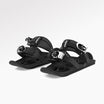
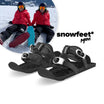

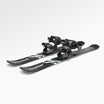

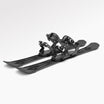

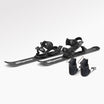






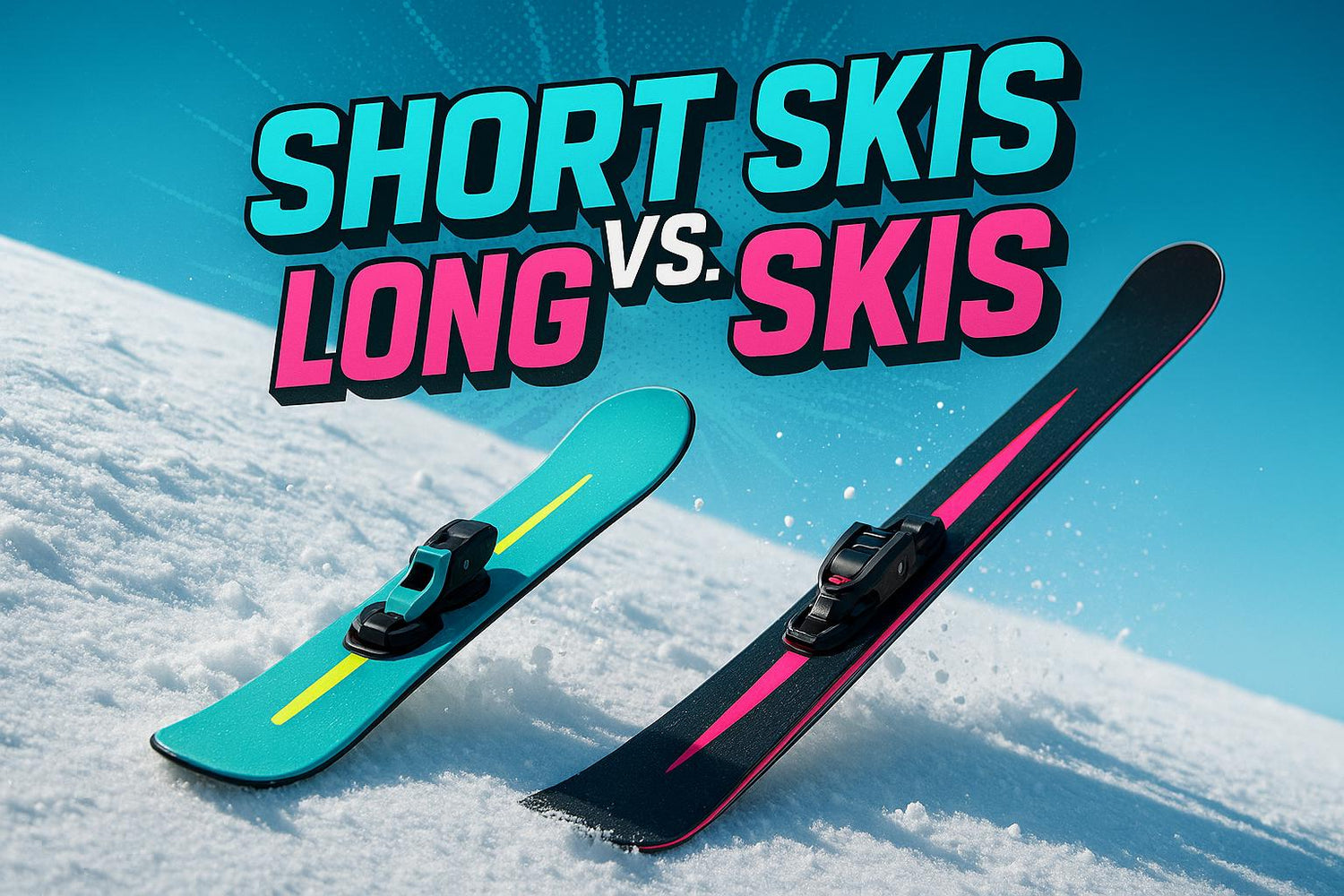
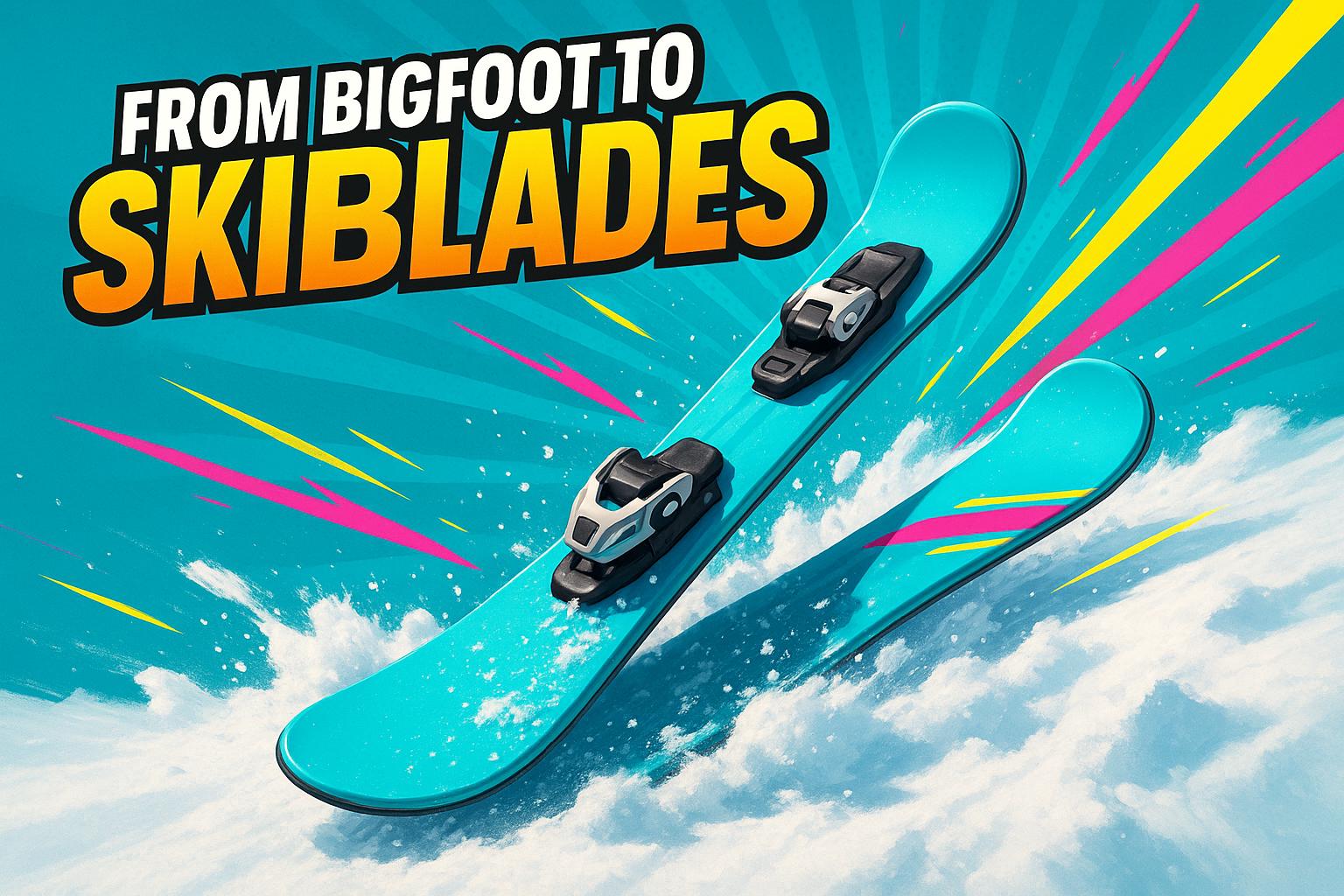




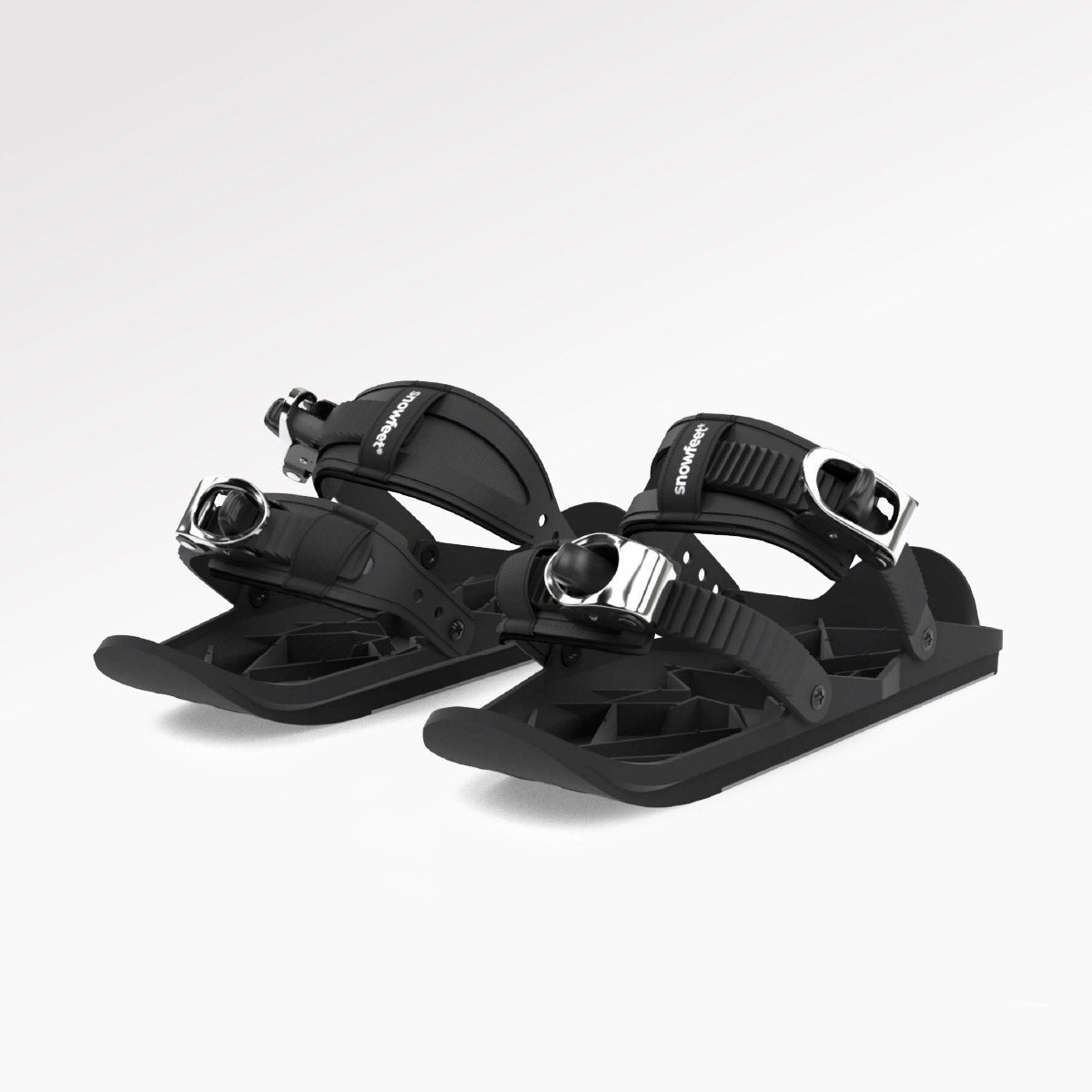
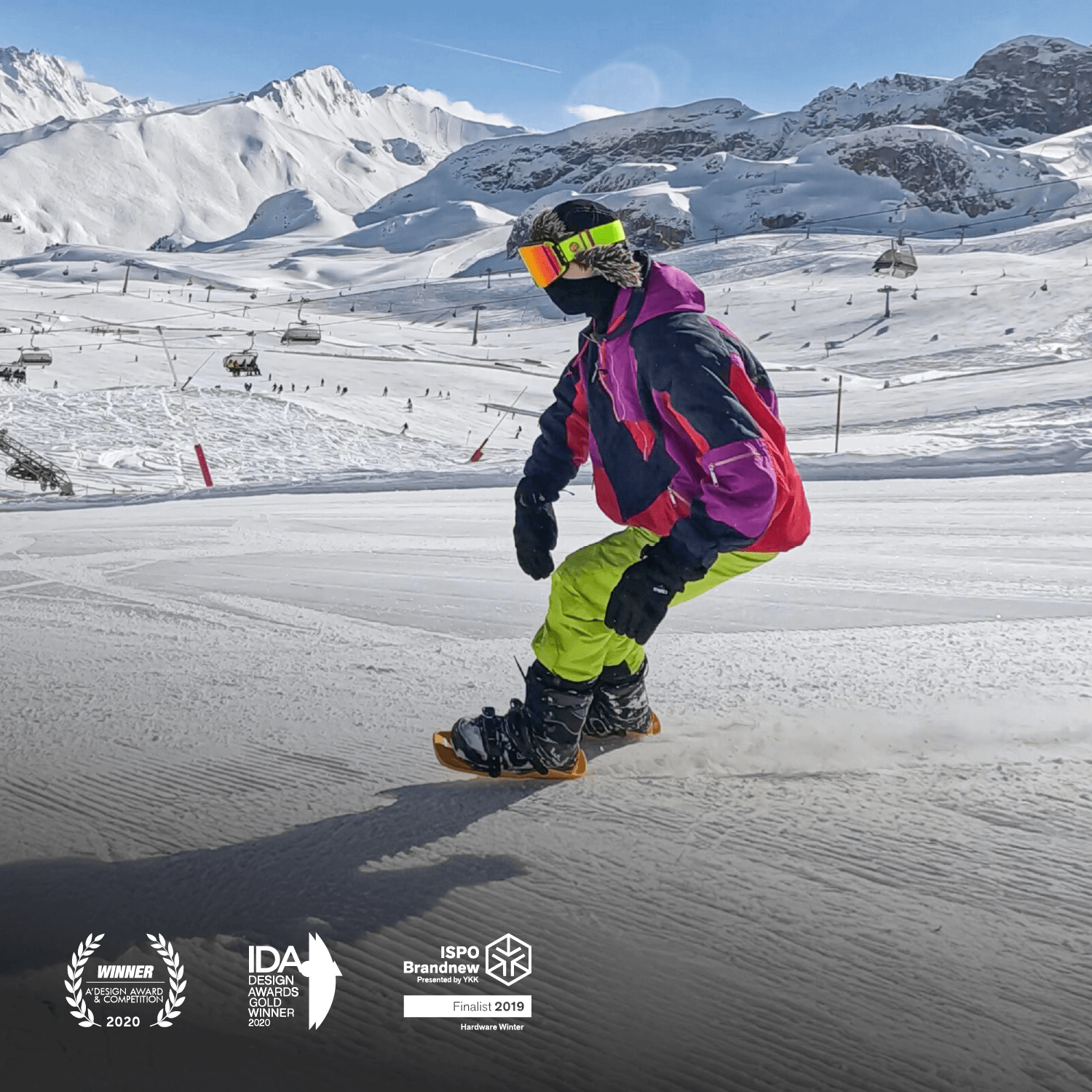


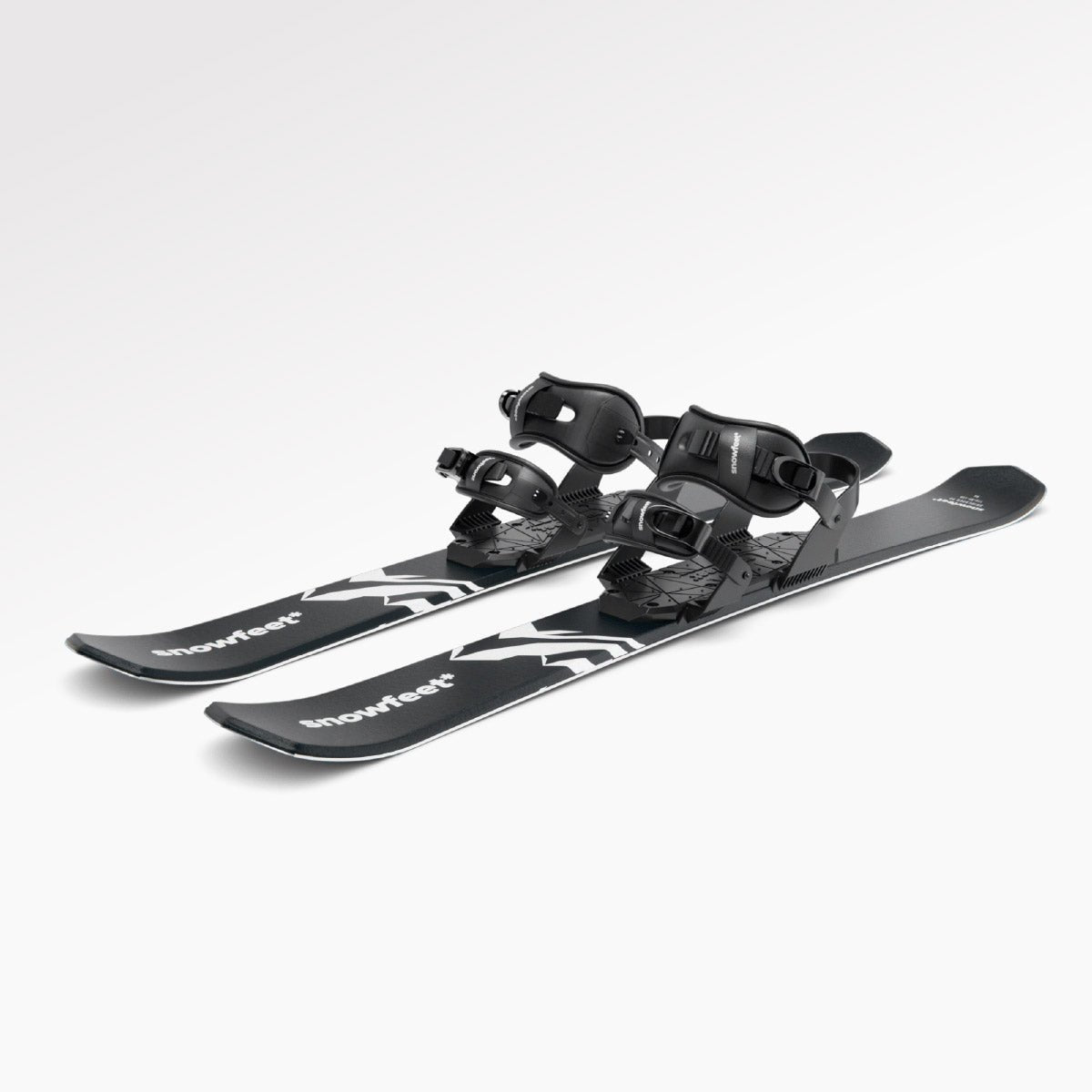

Deja un comentario
Este sitio está protegido por hCaptcha y se aplican la Política de privacidad de hCaptcha y los Términos del servicio.